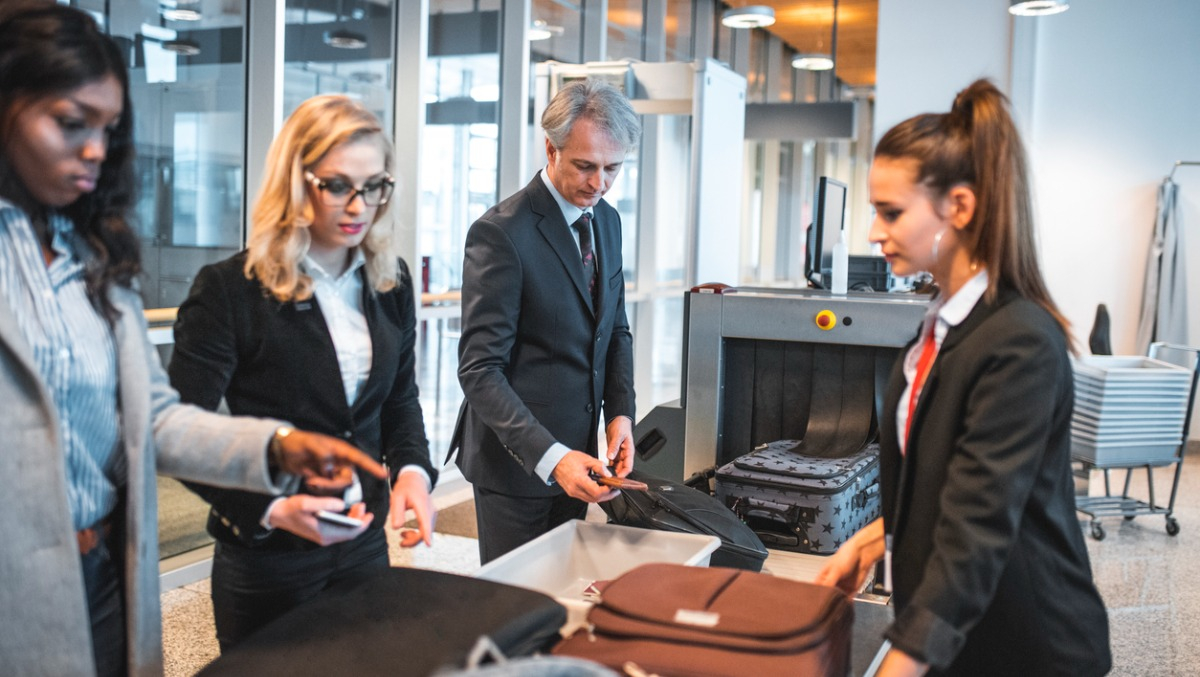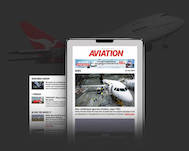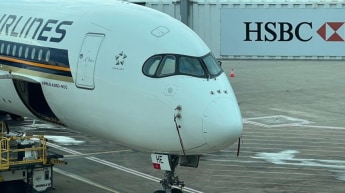The number of travellers accessing airports right across Australia has continued to see a steady recovery, but what challenges does this pose on the ground?
According to the Bureau of Infrastructure and Transport Research Economics (BITRE), there were 5.00 million passengers carried on Australian domestic commercial aviation (including charter operations) in November 2022, compared to 1.82 million in November 2021 and 5.5 million in pre-COVID November 2019. This does not include those travelling overseas.
This recovery albeit exciting, comes with it many of its own challenges for airports, maritime ports, and large screening facilities. While it may not always be the most prominently spoken about issue in the aviation sector, human resourcing on the ground at screening points has not yet entirely recovered. And the need to increase and maintain staffing levels won’t end once we are back to pre-COVID passenger numbers and beyond.
As of 16th of January 2022 all new screeners in the aviation and maritime sectors must hold AVI20118 Certificate II in Transport Security Protection. For employers, this meant that padding their workforce now required all new employees to undertake a mandatory qualification not previously imposed. This presented a potential roadblock for enticing new staff to the sector who may not have been able to afford the mandatory qualifications required or were concerned with returning to a classroom environment.
It also meant that staff with previous experience but those that had ceased engagement or employment as a screening officer for more than 24 months or were not employed before 16 June 2021, had to undertake this qualification as well. Furthermore, this new mandatory qualification would see a skills gap in the workforce group, with new employees holding a nationally recognised qualification while long-term employees did not.
So far, employers have responded to these roadblocks by offering new-entrants to the industry funded training places, namely organisations like Certis Security Australia and MSS Security. For their existing team members, they have offered Recognition of Prior Learning (RPL) opportunities where their existing skills and experience are mapped to the elements of the new qualification and practical gap training is then carried out.
In some states, the AVI20118 Certificate II in Transport Security Protection was added to the funded courses schedule, which sees students able to access subsidised and sometimes fee-free training.
Employers have also continued to offer further incentives to get more people into the aviation screening sector including paying for candidates to attend their training and bonuses at certain intervals of employment such as three or six months with the company.
While a challenge for the aviation security sector, this recovery has presented an opportunity for those looking to change careers or re-enter the workforce. Employers are doing all they can to recruit the best candidates at airport.
Aviation security is also heavily focused on customer service. Jobseekers and career-changers who are not interested in working pubs and clubs, patrols, in shopping centres or any of the other standard types of security work find themselves drawn to aviation security predominantly because of the customer service focus.
Other reasons candidates are interested in this career avenue are things such as working with diverse groups of people, the flexibility that comes with a 24/7 rotating roster, the free on-site parking especially for those living in inner-city locations and competitive hourly rates. Women are also highly in demand in aviation security and mature-aged candidates always encouraged to apply.
Australia’s population has been on a steady incline of about 1.3% each year over the past 30 years. As our population continues to grow, we can expect to see more people flying to visit family and friends, for recreational purposes and for work. More people will start to feel comfortable taking international flights as we come to live with COVID19. More flights will be scheduled, more routes will be created, and our airports will continue to get busier.
So, how will employers in the aviation screening sector continue to entice new recruits and retain their existing staff? This will be interesting to watch unfold as critical industries such as aviation continue trying to fill their skills gaps and recruit and retain personnel.
It’s likely we will continue to see innovative partnerships emerge and programs created like the Certis Aviation Funded Training Program and the MSS Security Scholarships program founded in partnership with Asset College, as more and more personnel are needed in the industry.



















